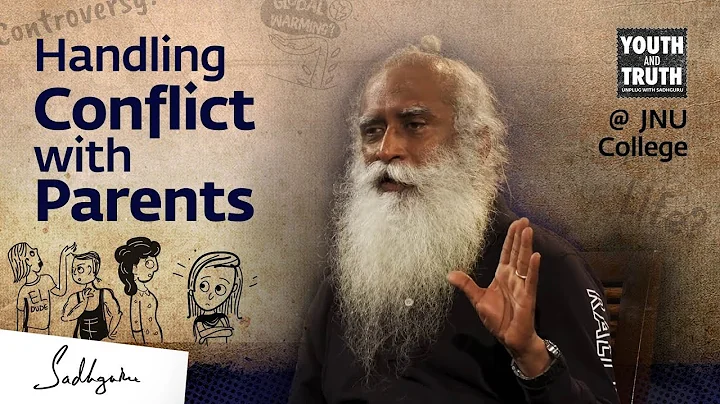The baby at home is in the stage of learning language
If you call your brother "the"
call the pants "rabbit"
Everyone will think that the baby's pronunciation is really cute
When it's time for school
This pronunciation has not been corrected
The troubles of the parents are here

4-year-old boy speaks "big tongue"
affects the communication between classmates
This year's 4-year-old Orange (alias) just got on kindergarten. Compared with other children, Cheng Cheng is more sensible and well-behaved. He listens carefully in class, eats attentively, and can fall asleep peacefully. These performances make her mother very relieved. However, there is a problem with Chengcheng, which is that he has some "big tongues" in his speech, inaccurate pronunciation and illegible words, causing teachers and classmates to often fail to understand his words.
"Airplanes, he always speaks of'gray machines'; dogs, always speaks of'trembling'; and pears are also called'aunts'. My family can understand them, but to other people It's really difficult." Before the child entered the small class, the mother was aware of the pronunciation problem, and she would correct her pronunciation when she seized the opportunity, but with little effect. In desperation, she took Chengcheng to the District Women's Hospital for Child Development and Behavior Clinic.
After the consultation and examination by the head of the Pediatrics Department Sun Yong and the assessment by the assessor, Cheng Cheng was diagnosed with dysarthria.
Sun Yong introduced that inaccurate pronunciation, unclear utterance, nasal overweight, and flat and tilted tongue are all common dysarthmic manifestations. Dysarthria can be divided into
organic dysarthria: abnormalities in the morphology of dysarthria lead to functional abnormalities, such as cleft lip and palate, , short tongue frenulum ;
motor dysarthria: caused by neuropathy Dysarthria of speech, such as cerebral palsy;
functional dysarthria: refers to the child’s articulation organs are normal, the language development level is over 4 years old, but certain pronunciations are easier to "distort", and the wrong articulation is in a fixed state .
Orange is the last kind,It is also the most common type of dysarthria.
After 1 month of professional voice training, the pronunciation problem of Orange has basically been corrected.
For children with dysarthria
, we must intervene as soon as possible
"From the current point of view, many children with functional dysarthria are due to imperfect oral motor function, which is different from the fact that children’s diet is too fine. Relevant." During the outpatient consultation, Sun Yong often encountered situations where a 1-year-old child had not added supplementary food or was still eating liquid food at the age of two or three. "The production of articulation depends on the integrity of the articulation organ structure and the perfection of oral motor function. Oral motor function is related to children's diet and food texture. The perfection of oral motor function requires stimulation and exercise of food with different textures. Chew food fully. Not only can the oral muscles be strengthened, but also the flexibility and muscle strength can be well exercised in the process of stirring food."
According to the child’s language development rules, 2-3 years old should master m, b, d, h and other initials, 3 years old should master p, t, k, g, n and other initials, 3 to 4 years old should master f, j, q, x and other initials, 4 to 5 years old should master l, s, r, z, etc. Initial consonants, 6-year-old should master c, zh, ch, sh and other initial consonants. If the child cannot grasp the pronunciation of these initials in time, parents can eliminate the organic and motor dysarthria, and can do some oral motor function exercises at home to train the child's flexibility in tongue, lips, jaw, and soft palate. For example, use a lollipop to rotate around the child’s lips to guide the child to swing his tongue up and down, left and right; blow a balloon or blisters to exercise the child’s jaw muscles and exercise control of breath.
At the same time, the doctor recommends that you communicate with your child more often and do not use actions to replace language. "Some parents are like this. When the child points to something, it is directly given to them, and there is no communication during the whole process. During the language learning stage of the child, you must speak to them more and repeat at a slower rate, which is beneficial to the child. Language learning." Even if the child makes a mistake, avoid excessive criticism and accusation, encourage and praise more, and use positive guidance to strengthen the correct pronunciation.
If the child is still slurred after 4 years of age, he may have abnormal articulation and should receive language-related evaluation as soon as possible, and even need treatment. The speech therapist will train according to the child’s wrong voice method, including lip control, tongue tip control, airflow control, etc.After training, most of them can completely return to normal. Sun Yong reminded parents not to always think that the pronunciation will improve with age, but miss the best correction period, when it will be more difficult to change.
Source: Fuyang Daily
.










